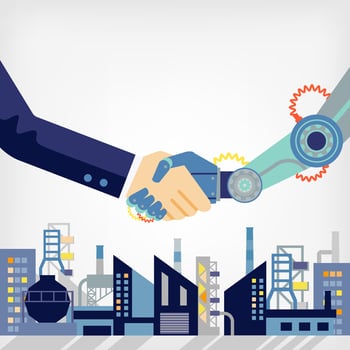April 1, 2015 | Smart Manufacturing
The Latest Smart Manufacturing Trends of 2015
With the advent of Smart Manufacturing gradually being implemented throughout our industry, it’s being projected that its impact will only grow as the year progresses. Having both determined manufacturing companies’ support and the backing of governments worldwide, this mutual desire to enhance global manufacturing production may have never been greater.
European manufacturers are trying to bridge the gap between them and Asia. The U.S. is hoping to continue worldwide industrial production growth in 2015 as last year prompted a 3.3% increase. Additionally, decreasing oil prices and energy costs give global manufacturers a head start in production growth if they properly capitalize on their advantage.
In addition to the ubiquity of Smart Manufacturing, there are individual trends within the overall idea that are also gaining traction. But before we get into them, let’s refresh your memory on the principles that make up Smart Manufacturing.
Smart Manufacturing (a.k.a. industry 4.0) unites data, technology, environmentally-conscious perspectives, the foresight of economic growth and political input to set the manufacturing industry on the path towards never-before-seen innovation. It aims to bring manufacturing companies into the future with improved worker safety, quicker production and fewer emissions while driving more competition in the global marketplace.
 To keep you abreast of the latest in Smart Marketing, we’ve outlined some of its growing trends below.
To keep you abreast of the latest in Smart Marketing, we’ve outlined some of its growing trends below.
Big Data & Cloud Computing
By subscribing to the idea of continuous innovation, manufacturing companies have much to gain from improving their data collection methods. For example, GE Water & Power experienced 1% improvement in its output. And while it appears small, this tiny percentage equates to $2 to $5 million in savings for each individual turbine, per year.How did they manage to do this? By using the data that’s collected off their “sensor-equipped turbines,” in addition to their traditional data, they were able to make adjustments that could save them $66 billion over the next 15 years.
As far as cloud computing goes, manufacturers have a lot to gain with more physical space due to the transferring of data from servers on a company’s campus to the cloud. With this implementation of cloud technology, manufacturers now have the ability to access real-time data, respond quicker to customer issues and reap the benefits of the ability to always retrieve important data whenever they need to.
Virtual Manufacturing
Streamlining your manufacturing processes while saving on equipment costs and labor is essentially the central benefit of virtual manufacturing. In 2015, more companies are making use of 3D technology (additive manufacturing) to not only draw up ideas, but to also test the idea without having to waste precious dollars on running actual practice tests.
By making use of today’s technology, manufacturers can save ample amounts of time in the planning process and earn more by pushing out their high-quality products sooner. It’s a great advantage to be able to foresee problems before committing employees, assets and materials to a project and companies are catching on. And for this reason, it’s no wonder why more companies are taking advantage of today’s virtual landscape.

Distributed Manufacturing
This trend makes use of digital technology to optimize the way manufacturing is performed. By using a centralized technology to monitor all of a company’s products and facilities, distributed manufacturing calls for a more transparent process that includes product verification, location and timestamps of the manufacturing process.
Distributed manufacturing takes full advantage of information technology to delegate tasks better by geography, workload and other factors. Sometimes, the assembly tasks are relegated to the end consumer who will use an at-home 3D printer to assemble their product.
Saving costs in transportation and communication, this method spares the manufacturing company extra costs and labor while stripping the overall process to a simpler, more evenly distributed process.
